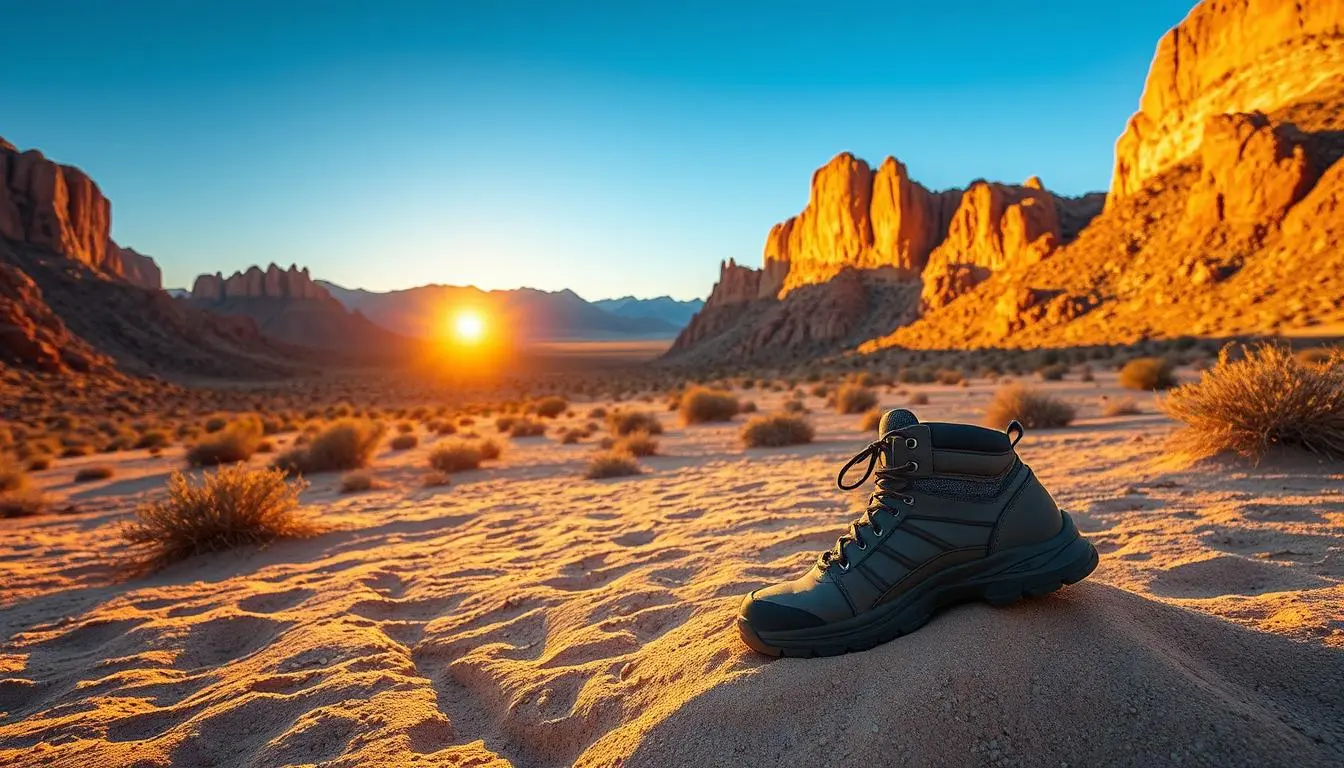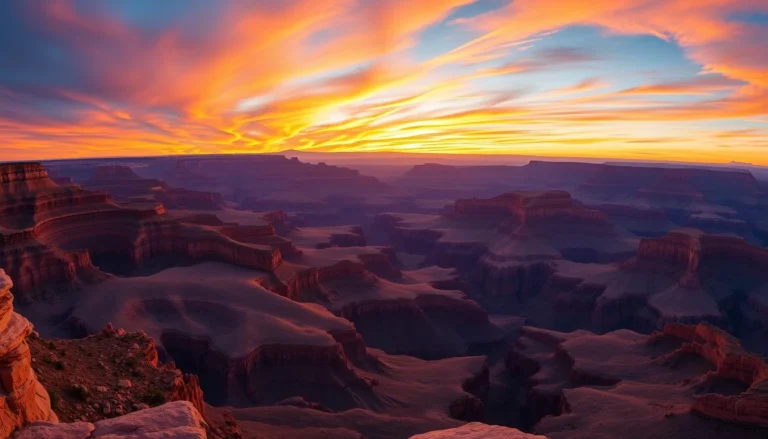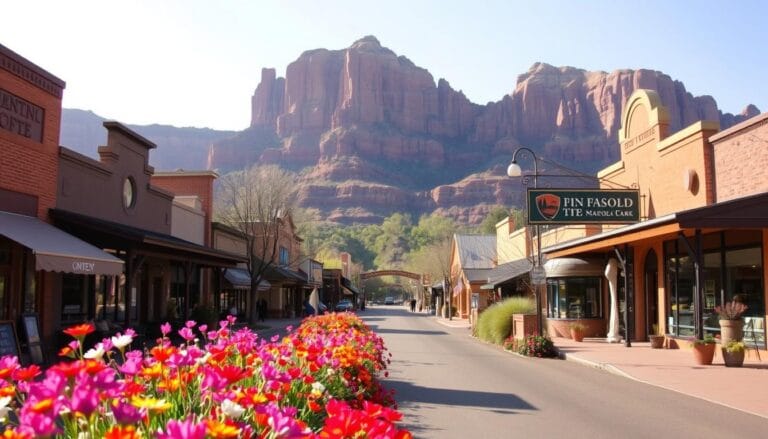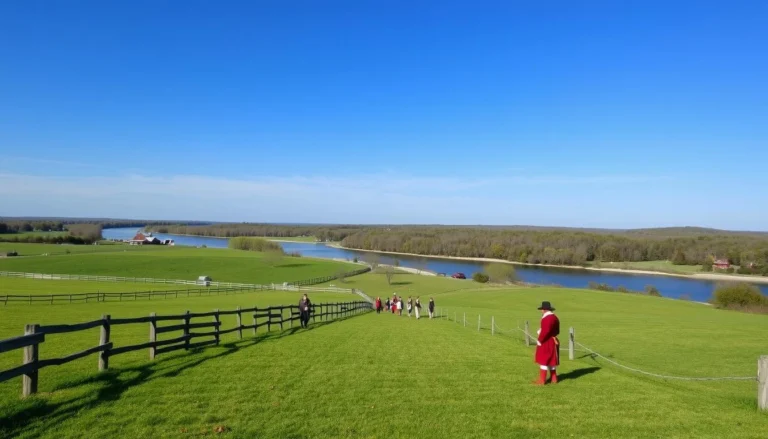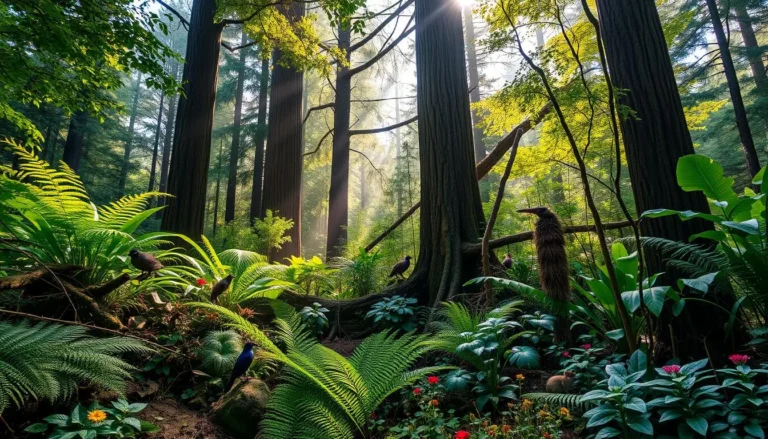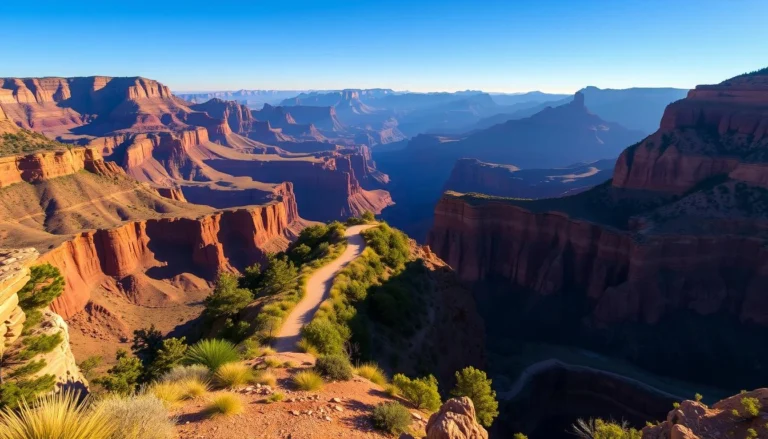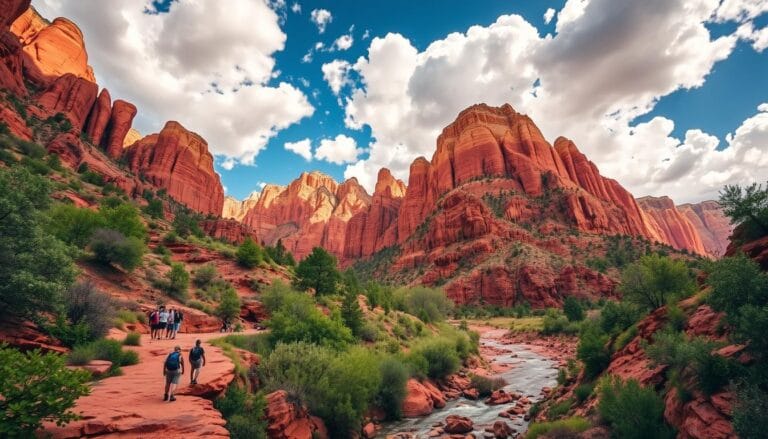Missing Hiker Big Bend National Park Found Safe
The missing hiker Big Bend National Park highlights the challenges posed by the park’s vast, rugged terrain, attracting many adventurers. When a hiker goes missing, it creates significant concern for their loved ones and the community. This story highlights a remarkable rescue effort in this iconic American landscape, showing the dedication of search and rescue teams and the resilience of the human
Key Takeaways
- Missing hiker in Big Bend National Park was found safe after a comprehensive search and rescue operation.
- Challenges faced in the remote wilderness area highlighted the importance of preparedness and coordination among rescue agencies.
- The successful rescue showcases the dedication and expertise of search and rescue teams in navigating treacherous terrain.
- Lessons learned from this incident will help shape improved safety protocols and trail marking systems for future visitors.
- Hikers are encouraged to prioritize safety by packing essential gear, monitoring weather conditions, and familiarizing themselves with emergency protocols.
Breaking News: Lost Hiker Emerges from Big Bend Wilderness
A hiker missing in Big Bend National Park has been found safe. The search lasted for days, grabbing everyone’s attention. It shows the dangers of exploring the park’s tough terrain.
Timeline of Disappearance and Discovery
The hiker was reported missing on Tuesday. Park rangers and local authorities quickly started searching. They thought the hiker had wandered off the trails into the harsh Big Bend area.
After 48 hours, the hiker was found on Thursday morning. They were 10 miles from the trailhead, a bit dehydrated but okay. They were flown to a hospital for care.
Initial Response and Alert Systems
- Park rangers quickly started the emergency plan when they got the missing hiker report.
- Search teams used GPS and planes to search the vast wilderness.
- Local and nearby agencies helped to find the hiker fast.
- The public was told through social media and local news to help find the hiker.
The rescue shows how key preparation, talking, and teamwork are. It’s thanks to park staff and local help that visitors stay safe at Big Bend National Park. This event reminds us of the national park safety rules and the crucial role of search and rescue operations.
Understanding Big Bend National Park’s Challenging Terrain
Big Bend National Park is a true test for hikers and search teams. Located in West Texas, it’s a rugged area that challenges even the most seasoned adventurers.
The park’s landscape is full of contrasts. You’ll find towering cliffs and vast deserts. Its winding canyons and rocky trails can confuse and tire hikers. The weather adds to the danger, with extreme heat, sudden storms, and flash floods.
Knowing the park’s terrain is key for safe hiking and effective search and rescue. Rangers and volunteers face tough conditions to help those in need. They must navigate the park’s dangers to find and assist lost or injured people.
| Key Terrain Features | Potential Hazards |
| Chisos Mountains | Steep, rocky trails, risk of falls and injuries |
| Chihuahuan Desert | Extreme heat, dehydration, disorientation |
| Canyons and Riverbeds | Flash floods, difficult navigation, risk of entrapment |
By grasping the challenges of Big Bend National Park’s terrain, everyone can prepare better. This includes visitors and those who respond to emergencies.
Search and Rescue Operations: Inside the Mission
In Big Bend National Park’s remote wilderness, search and rescue teams work together. They aim to find and bring back missing hikers quickly. This is a race against time, especially in tough terrain and changing weather.
Coordination Between Agencies
The mission at Big Bend involves teamwork between the National Park Service, local police, and the U.S. Border Patrol’s BORSTAR unit. They share information, use resources wisely, and keep communication clear. This ensures a strong and effective response.
Technology and Resources Deployed
Big Bend’s search teams use cutting-edge tech to help their work. They have thermal imaging drones, satellite devices, and special vehicles. These tools help them find missing hikers in the park’s rough terrain. The park also has emergency supplies like medical kits and survival gear.
Local Community Involvement
- The local community plays a big role in Big Bend’s search and rescue efforts. Volunteer teams, made up of experienced locals, know the area well.
- These volunteers help the professional teams by sharing their knowledge. This makes the search more effective.
- The community also helps with logistics. They provide transportation, food, and shelter for the rescue teams and any hikers they find.
The success in Big Bend’s search and rescue missions shows the power of teamwork. Agencies and the local community work together. They use their skills and resources to help find and rescue hikers in the park’s challenging terrain.
Missing Hiker Big Bend National Park: The Full Story
The story of the missing hiker in Big Bend National Park is inspiring. After days of searching, the hiker was found safe. They had braved the park’s tough terrain and harsh weather.
The hiker started their journey off the trails, seeking beautiful views and adventure. But as night fell and it got cold, they got lost. With little food and no phone, they had to use their survival skills to survive the night.
Despite the odds, the hiker found shelter, saved their water, and navigated the rough terrain. They were driven by a strong will to live. Search teams, working hard with park rangers and volunteers, found the hiker after days of searching.
The hiker’s amazing story highlights the need for hiking preparedness and survival skills in places like missing hiker big bend national park. It shows that even seasoned hikers must stay alert and respect the wilderness.
“I never gave up hope, even when the situation seemed bleak. I knew that if I could just hold on, help would come. And it did, thanks to the incredible efforts of the search and rescue team.”
The hiker’s tale has amazed the country and started talks on park safety. It reminds us of the need for hiking preparedness and respect for the missing hiker big bend national park.
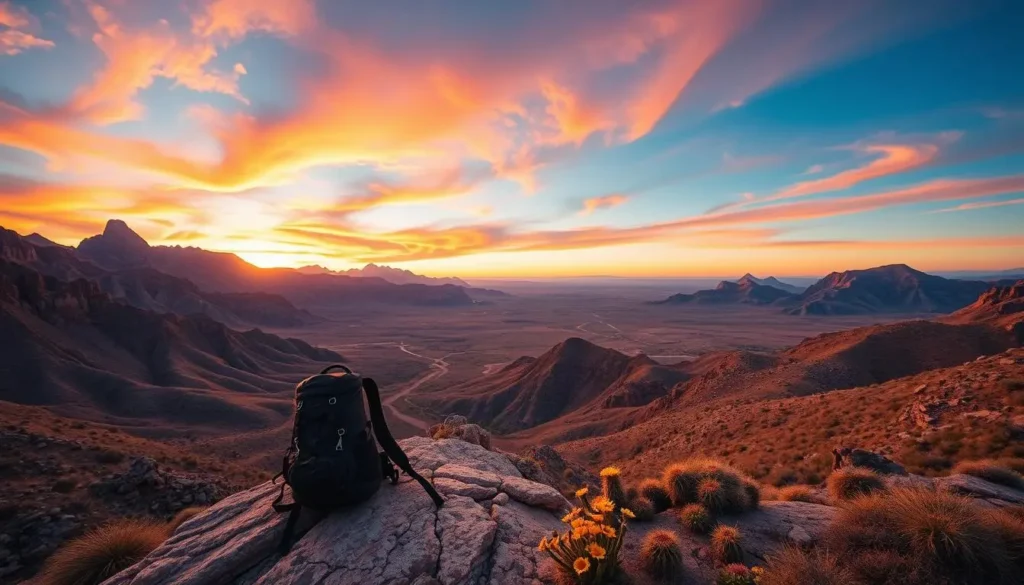
Survival Strategies That Kept the Hiker Alive
The missing hiker in Big Bend National Park showed amazing survival skills. They used water-saving and navigation methods without modern tech. This shows how important being prepared and resourceful is when facing challenges.
Water Conservation Methods
Access to clean water is key in survival. The hiker used several ways to save water:
- They drank only when needed to save water.
- They found and purified water from streams and springs.
- They collected water from plants and rocks.
Navigation Without Technology
The hiker had no GPS or other tech. They used their survival skills and nature to navigate. They:
- Tracked the sun and stars to find direction.
- Used natural landmarks to guide them.
- Read maps to navigate the remote wilderness areas.
The hiker’s survival depended on their ability to adapt and use these skills. Their story highlights the need for good planning and training in the outdoors.
Common Hiking Hazards in Remote Wilderness Areas
Exploring remote wilderness areas in national parks is exciting and inspiring. Yet, it also comes with risks. Knowing the challenges in these national park safety spots is key to a safe hike.
Weather is a big worry in these areas. Storms, heat, or cold can quickly become dangerous. You need the right clothes and tools to face these weather challenges.
Wildlife is another big concern. Animals like bears, mountain lions, or snakes can be thrilling but also risky. Learning about local animals and how to react to them is important for your safety.
Navigating can also be tough. Trails might not be marked, and the terrain can change. It’s easy to get lost. Always carry a map, compass, and know the area well.
Being ready for these dangers is vital for a safe hike. With the right knowledge and gear, you can enjoy the beauty of these places without risks.
Essential Safety Protocols for Big Bend Visitors
Exploring Big Bend National Park’s rugged terrain means safety first. Bring the right gear, like communication devices and emergency beacons. Also, keep an eye on the weather to ensure a safe hike.
Communication Devices and Emergency Beacons
In remote places like Big Bend, staying in touch is key. Carry a satellite phone or a personal locator beacon (PLB). These tools can save your life by calling for help when cell phones don’t work.
Weather Monitoring and Planning
The weather in Big Bend can shift quickly. Storms, strong winds, and extreme temperatures are common. Always check the forecast and have a backup plan for bad weather. Bring the right clothes and shoes to handle the park’s weather.
| Safety Measure | Recommendation |
| Communication Devices | Satellite phone or personal locator beacon (PLB) |
| Weather Monitoring | Check forecasts, pack appropriate gear, have a contingency plan |
Focus on national park safety, hiking preparedness, and survival skills for a worry-free visit to Big Bend National Park. With the right steps, you’ll enjoy the park’s beauty safely.
Lessons Learned: Preventing Future Incidents
The missing hiker in Big Bend National Park has shown us important areas to improve. These include hiking preparedness, national park safety, and survival skills. By looking closely at this event, we can learn how to avoid similar tragedies in the future.
One important lesson is the need for comprehensive hiker education. Many people visiting national parks don’t realize how tough the wilderness can be. They often go without knowing how to navigate, handle emergencies, or survive. Giving better pre-trip briefings and sharing useful information can help hikers make smarter choices and be ready for surprises.
This incident also shows the value of advanced communication and tracking systems in national parks. Even though the search in Big Bend was successful, finding the hiker and keeping in touch was hard. Using the latest GPS and satellite tech can make rescue efforts faster and more effective.
Lastly, the teamwork between agencies and the community during this crisis is key. It shows how important streamlined emergency response protocols are. By working better together, national parks can be more ready and respond quickly to emergencies.
By taking these lessons to heart, national park officials, lawmakers, and hikers can improve hiking preparedness, national park safety, and survival skills. These steps will help avoid future disasters and let visitors enjoy the beauty of these places.
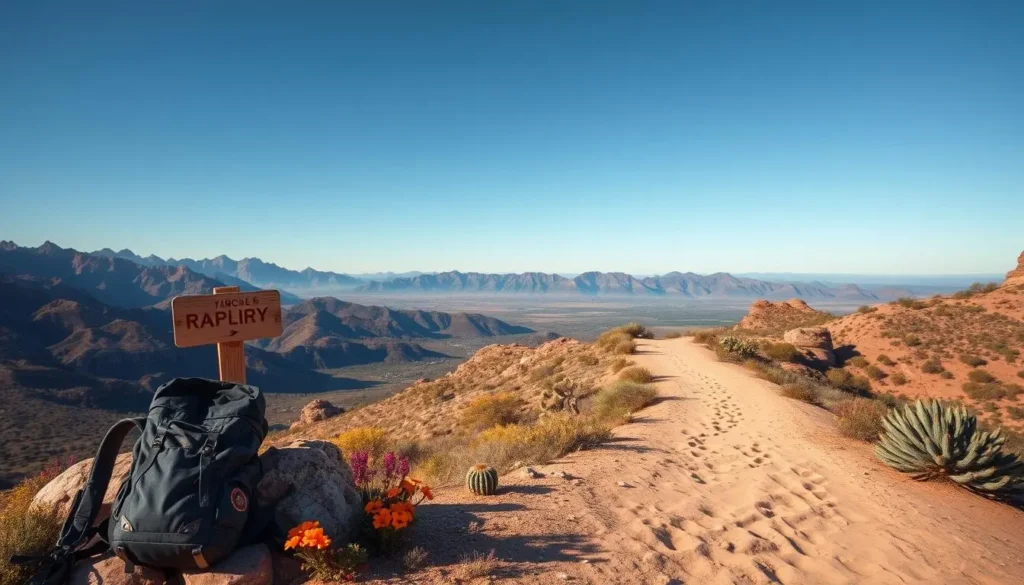
Impact on Park Safety Regulations and Guidelines
The missing hiker in Big Bend National Park has led to a big change. The park is now reviewing and updating its safety rules. This is to make sure visitors are safe and ready for their adventures in the wilderness.
Updated Safety Measures
Park officials have made some big changes to keep everyone safe. These include:
- Mandatory registration and check-in/check-out system for all visitors entering the park’s trails
- Stricter guidelines for equipment and gear requirements, including the use of GPS devices and emergency beacons
- Enhanced training and certification programs for park rangers and search and rescue teams
- Improved communication networks and emergency notification systems throughout the park
New Trail Marking Systems
Big Bend National Park has also improved its trail markings. This is to help hikers stay on track and avoid getting lost. The changes include:
- Clearly visible and easily identifiable trail markers at regular intervals
- The use of reflective materials and glow-in-the-dark signage for improved visibility
- Detailed trail maps and directories available at all major trailheads and visitor centers
- Increased signage and wayfinding cues to guide hikers through the park’s challenging terrain
These updates aim to improve national park safety, encourage hiking preparedness, and help visitors explore the remote wilderness areas of Big Bend National Park safely.
How You Can Prepare for Safe Hiking in National Parks
Getting ready for a hike in national parks means planning well and staying safe. You need to learn hiking preparedness and survival skills before you go. Also, know the national park safety rules and carry the right gear.
Start by learning about the park you’ll visit. Study the trail maps and understand the terrain and weather. Pack the right clothes and bring essentials like a first-aid kit and a way to communicate.
Knowing basic wilderness skills is also key. Skills like saving water and finding your way without a phone are very useful. They can help a lot in remote areas of national parks.
Always put your safety first. Follow park rules, check the weather, and tell someone where you’re going. With the right preparation, you can enjoy your national park trip without worry.
FAQ
What happened to the missing hiker in Big Bend National Park?
A hiker went missing in Big Bend National Park’s tough terrain. A big search and rescue effort followed. Luckily, the hiker was found safe after a few days, showing the park’s wilderness challenges.
How did the search and rescue teams respond to the missing hiker incident?
The teams quickly got to work, teaming up with different agencies. They used the latest tech and got help from the local community. This teamwork was key to finding the missing hiker.
What makes the terrain in Big Bend National Park so challenging for hikers?
Big Bend National Park’s terrain is tough, with steep canyons, dry deserts, and thick brush. Even skilled hikers find it hard. Knowing the park well is crucial for safe travel.
What survival strategies did the missing hiker use to stay alive in the wilderness?
The hiker used smart survival tactics, like saving water and navigating without tech. These skills helped them come back safe. They’re vital for anyone exploring Big Bend’s wilderness.
What are some common hiking hazards in remote wilderness areas like Big Bend National Park?
Hikers in places like Big Bend face many dangers. These include harsh weather, animal encounters, and getting lost. Being well-prepared and aware of these risks is key to staying safe.
What safety protocols should visitors follow when hiking in Big Bend National Park?
Visitors should carry reliable devices and emergency beacons. Always watch the weather and plan with safety in mind. Following these tips can make your hike safe and fun.
What lessons have been learned from the missing hiker incident, and how is the park responding to improve visitor safety?
The missing hiker incident led to safety upgrades in Big Bend National Park. These include new rules, better trail signs, and education programs. These steps aim to keep hikers safe and informed.
How can you prepare for a safe hiking experience in national parks like Big Bend?
To hike safely in places like Big Bend, prepare well. Pack the right gear, know the terrain and weather, and learn survival skills. Staying safe lets you enjoy the park’s beauty while keeping yourself well.

